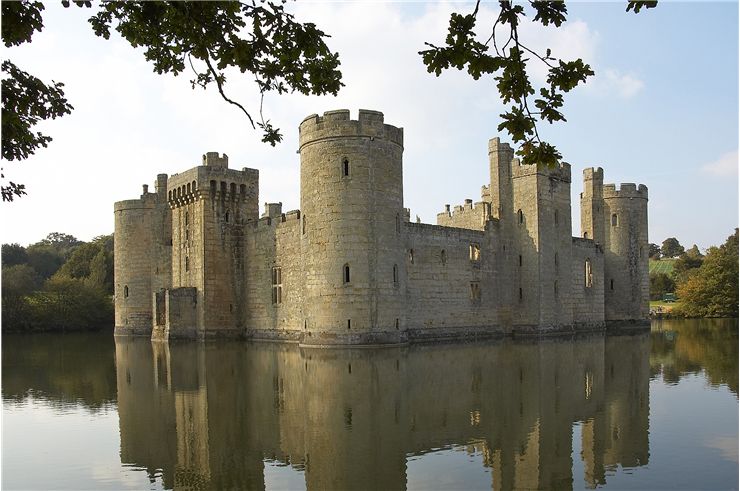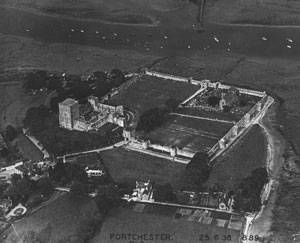Warfare and Castles
Hear some of the most important facts about uses of castles in warfare during European Middle Ages:
- First static fortifications for keeps and villages appeared around 3500BC in ancient Assyria. The oldest surviving fortified keep is Mandigak from 2500BC, located in south-east Afghanistan.
- Castles were one of the most popular static defense structures of Middle Ages, with around 100 thousand of them being produced between 9th and 17th century in Europe.
- City of Babylon was famed for his high city walls, reinforced towers, moats and ditches.
- They provided great protection for the people inside of it, with only small regiment of soldier needed to maintain defenses. This was most obviously showcased in 1403, when only 37 archers managed to successfully defend English Caernarfon Castle against siege of Welsh and French troops.
- Effective defensive range of average castle was only 400 meters, and that range did not change much even with the introduction of the gunpowder artillery. Because of that, castles were often built on the locations that enemy forces had to use in order to reach their other objectives.
- Castles were not always manned by professional soldiers. Majority of early castles was manned by vassals of the lord who owned the castle, who brought professional army only in the times of war.
- One of the most famous ancient fortifications, Masada in Israel, located on the extremely isolated rock plateau, was conquered in 73AD by Roman soldiers who created 100m high ramp that scaled west wall of the fortress.
- Command structure of the medieval castle was Castle Constable, several knights who served as officers, and below them archers, bowmen and footmen.
- Most popular siege weapons in our history were ballista’s, who were more powerful and accurate than any other available heavy weapons. They worked on the principle of crossbows, and were used since ancient Greece to the arrival of gunpowder.
- Castle can be assaulted in two ways, direct attack that could be very costly, or to lay a siege in an attempt to starve out defenders. Sieges could last from days to years, depending how much resources is available to defenders.
- Many sieges were broken by digging tunnels, which were used either to transport troops inside of castle (Castle Gaillard in 1204), or to deploy high powered bomb which destroyed castle walls (Fortress of Godesberg, 1589).
- Some of the most famous ancient sieges were done by Alexander the Great. He used simple artillery and siege towers. Romans deployed catapults, ballistae, onagers and towers.
- Many historians claim that Hannibal was unable to seriously attack Rome because he lacked ability to preform castle or city siege.
- Mongols horse armies who conquered much of Europe and Asia took advantage of the lack of medical knowledge in Europe, and used catapults to thrown bodies of dead soldiers and civilian inside the walls of besieged cities. Because nobody knew how sickness was transmitted inside population, this military tactics greatly helped to spread black plague across Europe.
- First successful castle defense tactic against Mongol armies was developed by the Chinese. They used gunpowder weapons, bombs and cannonballs.
- Oldest depiction of siege weapons is around 4500 year old, and it comes from Ancient Egypt. It showed soldiers approaching city carrying with them high siege ladders.


